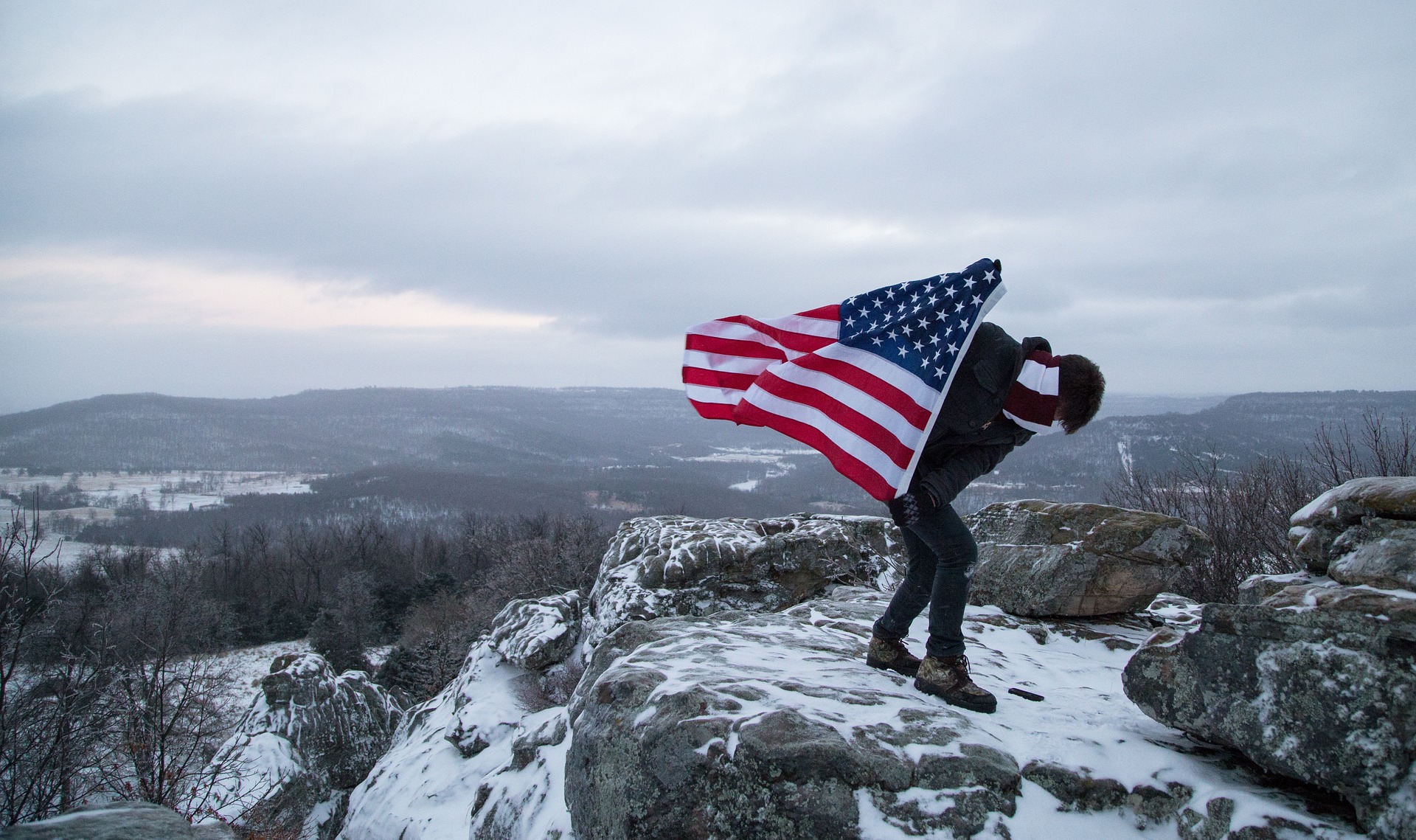Moments after the Supreme Court ruled Americans no longer have a constitutional right to abortion, staff at Hope Clinic For Women in southern Illinois called an emergency meeting.
“When I saw the decision, my heart dropped below my stomach,” said Hannah Dismer, education and research coordinator at the clinic in Granite City, Illinois, about 10 minutes from Missouri, where nearly all abortions are now illegal.
“I thought I was going to throw up. But I didn’t. I knew this was gonna happen,” Dismer told USA TODAY. “We have patients in front of us, and we have to continue working like this isn’t happening, even when it is.”
Elsewhere, anti-abortion rights activists celebrated the decision they eagerly anticipated. Kristan Hawkins, president of Students for Life, said, “Now we get back to building up a health society, affirming life for women and their children, born and preborn.”
The high court ruling Friday was a watershed decision that overturned Roe v. Wade and erased national reproductive rights that have been in place for nearly five decades. A majority of the justices held that the right to end a pregnancy was not found in the text of the Constitution nor the nation’s history.
Where the abortion fight goes from here: Roe overruled but the battle will continue
Poll:Furor over Roe v. Wade reversal likely won’t rescue Democrats in midterm elections
Early Friday, Americans were processing the decision, with some cheering the ruling and others condemning it.
“Today is not just a historic day — it is a new day,” said Jor-El Godsey, president of Heartbeat International, which trains pregnancy organizations worldwide to counsel women in hopes they will not have abortions.
Godsey said the ruling ends “50 years of injustice for the unborn and 50 years of the craven politicization of women’s health.”
For Vangela M. Wade, president and CEO of the Mississippi Center for Justice, which served as co-counsel for the case, Friday was “a dark day.”
“Today, the Supreme Court has ruled that the government gets to decide whether and when a woman has a child,” Wade said in a statement. “Now, states across the nation will ban abortion, entirely destroying women’s ability to control their own bodies. It’s abusive, dangerous and unconstitutional.”
In Jacksonville, Florida, where A Woman’s Choice clinic is expected to see a surge of patients as access to abortion collapses across the Deep South, President Kelly Flynn said the news left her in shock despite expectations it was coming.
Like Illinois, Florida is expected to become an oasis for abortion access for now. But advocates expect Republicans there to push for further restrictions or bans beyond a 15-week ban set to go into effect in July.
“Let me finish crying,” Flynn said in a text after hearing the news.
Activists who have been expecting the decision called for nationwide protests and said events were scheduled in more than a dozen cities, from New York and Boston to Los Angeles, Seattle and San Francisco.
“The people need to stand up, to bring the gears of society to a grinding halt through nonviolent mass resistance to compel the federal government to reverse such a decision by codifying into law access to abortion on demand nationwide,” said Sunsara Taylor of RiseUp4AbortionRights in a statement.
NATIONWIDE:Supreme Court ruling triggers maze of state abortion laws
Others cheered the decision. Mark Harrington, president of Created Equal, a national anti-abortion rights organization, said “the tide has turned for preborn children.”
“A new era of the abortion battle has now begun! By meeting the needs of abortion-vulnerable parents and continuing to change public opinion, we are ready for the challenge of a post-Roe America,” Harrington said.
Elijah Haahr, who led Missouri’s House in 2019 when it passed a bill that included a trigger law, said he was “euphoric, jubilant.”
“When we put together the Missouri Stands for the Unborn Act in 2019, we included the trigger amendment, but I don’t think any of us that were working on it at the time thought we would see this decision anytime soon,” Haahr said.
Haahr said the next goal is to promote crisis pregnancy care centers.
“Those places are going to need our support now as much as ever, because there’s going to be people that are having a crisis pregnancy, need to need to find a place to help them as they go through that process,” Haahr said.
Back in Granite City, Illinois, Dismer said staff at the clinic were working to expand abortion services in preparation for a surge of new patients. The clinic saw patients from 19 states in 2021 and is preparing for a 40% increase.
“Abortion is gonna happen regardless of whether or not it’s legal,” Dismer said. “And we know that if people resort to unsafe methods of abortion, they will die, or be seriously injured.”

